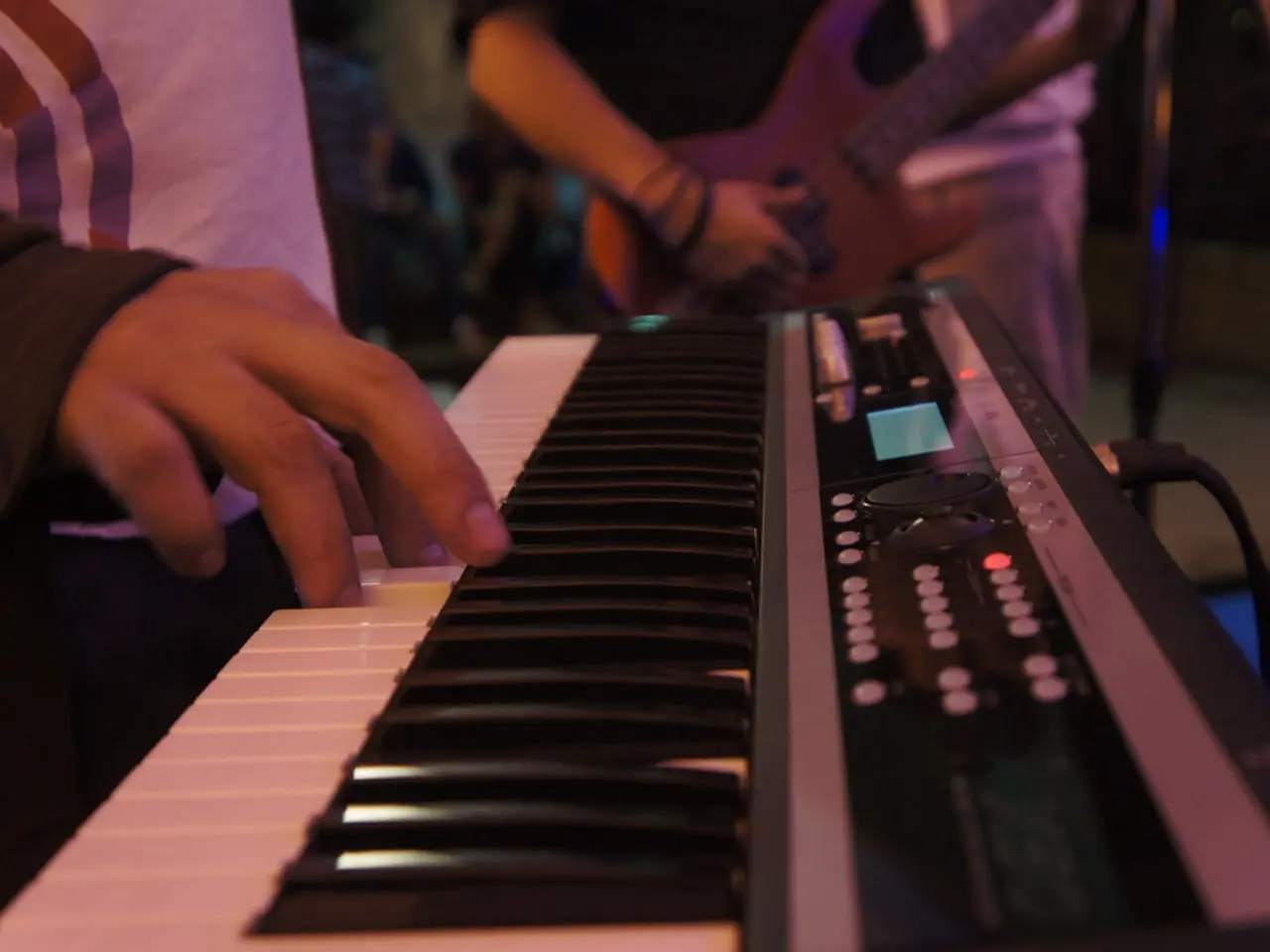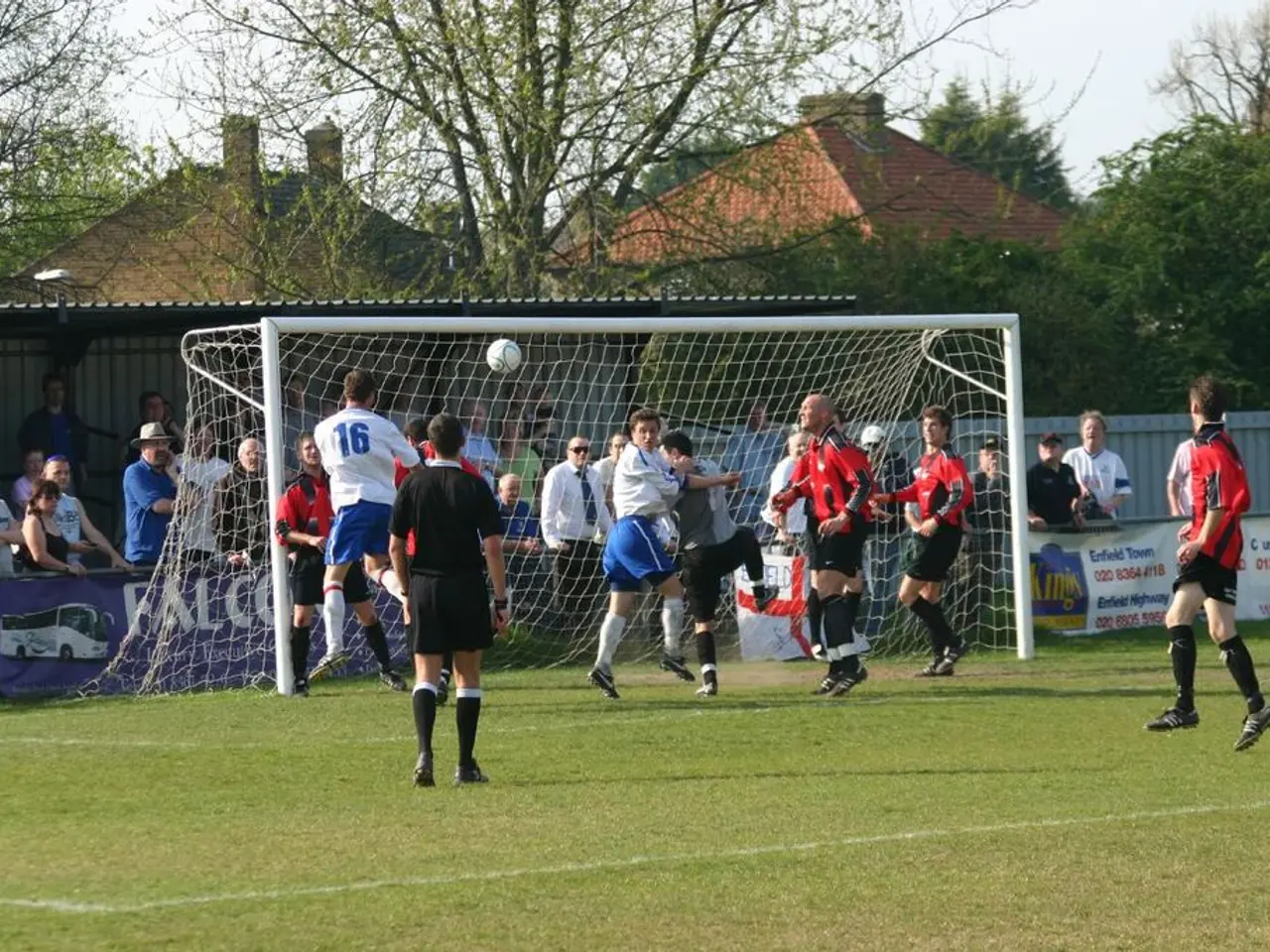Hiroshima teenagers narrate the atom bomb tragedy through artistic expressions
In the heart of Hiroshima, Motomachi High School has been tasked with a unique and poignant mission for almost two decades - interviewing atomic bomb survivors, or hibakusha, and transforming their harrowing testimonies into powerful paintings. This initiative is an integral part of the Hiroshima Peace Memorial Museum's efforts to keep the memory of the atomic bombing relevant to younger generations.
The project allows students to delve into the personal and vivid experiences of the survivors immediately after the bombing. One such painting, created by schoolgirl Hana Takasago, shows a young Masaki Hironaka looking up at his mother as they plod through what remains of Hiroshima on August 10, 1945, with fires still lingering.
The creative process is a collaborative one, with survivors actively engaging with the students. Hironaka, for instance, has sat down with students every few weeks to review their works in progress, sometimes requesting drastic re-dos to ensure the accuracy and emotional authenticity of the artwork.
The goal of the project is threefold. Firstly, it aims to bridge the generational gap by allowing young people to connect deeply with the survivors' stories, which might otherwise feel distant or abstract. Secondly, it uses visual storytelling to make the horrors and human impacts of the bombing tangible and memorable for younger audiences who have no direct experience of the event. Lastly, it instills a profound sense of responsibility and awareness in students, encouraging them to become active carriers of peace messages rather than passive bystanders.
Recently, 15 new artworks were showcased by the school, including depictions of scorched soldiers and a horror-stricken girl surrounded by an inferno. Yumeko Onoue, a 16-year-old art student, depicts pumpkins covered in soot from radioactive "black rain" as remembered by Hironaka. Another student's painting shows a woman gulping water based on what a hibakusha witnessed.
The project serves as a living archive that preserves the survivors’ memories in a form that is both accessible and emotionally engaging. As the number of living hibakusha dwindles, with the average age being 86 years old, it becomes increasingly important to keep their stories alive.
For students like Takasago, the project has been transformative. She felt that the atomic bomb's impact had always felt distant until she lived vicariously through Hironaka's story. Now, she feels that she can no longer remain a bystander.
In a poignant touch, Onoue believes that paintings can add color and emphasize key elements, making them ideal for expressing intended messages. This is evident in her depiction of pumpkins covered in soot from radioactive "black rain," a vivid reminder of the devastation wrought by the bombing.
The "Little Boy" bomb dropped on Hiroshima killed around 140,000 people, including many who died from radiation. The project instills a sense of crisis in the participants, including Takasago, reminding them of the importance of preserving these memories and sharing the lessons of Hiroshima with future generations.
[1] Hiroshima Peace Memorial Museum. (n.d.). Motomachi High School Project. Retrieved from https://www.pcf.city.hiroshima.jp/en/museum/exhibition/exhibitions/hibakusha_narratives/motomachi_high_school.html [2] The New York Times. (2019, August 6). Art Students in Hiroshima Create Powerful Depictions of the Bomb's Aftermath. Retrieved from https://www.nytimes.com/2019/08/06/arts/design/hibakusha-narratives-hiroshima-art-students.html
- The Motomachi High School project, an integral part of Hiroshima Peace Memorial Museum's endeavor, is a unique educational initiative that delves intowar-and-conflicts, particularly the atomic bombing of Hiroshima, through the collaboration between students and surviving victims, or hibakusha.
- This project, which aims to preserve the memories of hibakusha through visual storytelling, serves as a testament to the horrors and human impacts of the bombing, and serves as a platform for students to instill a profound sense of responsibility and awareness about politics, particularly in terms of peace and conflict resolution, in themselves and future generations.








